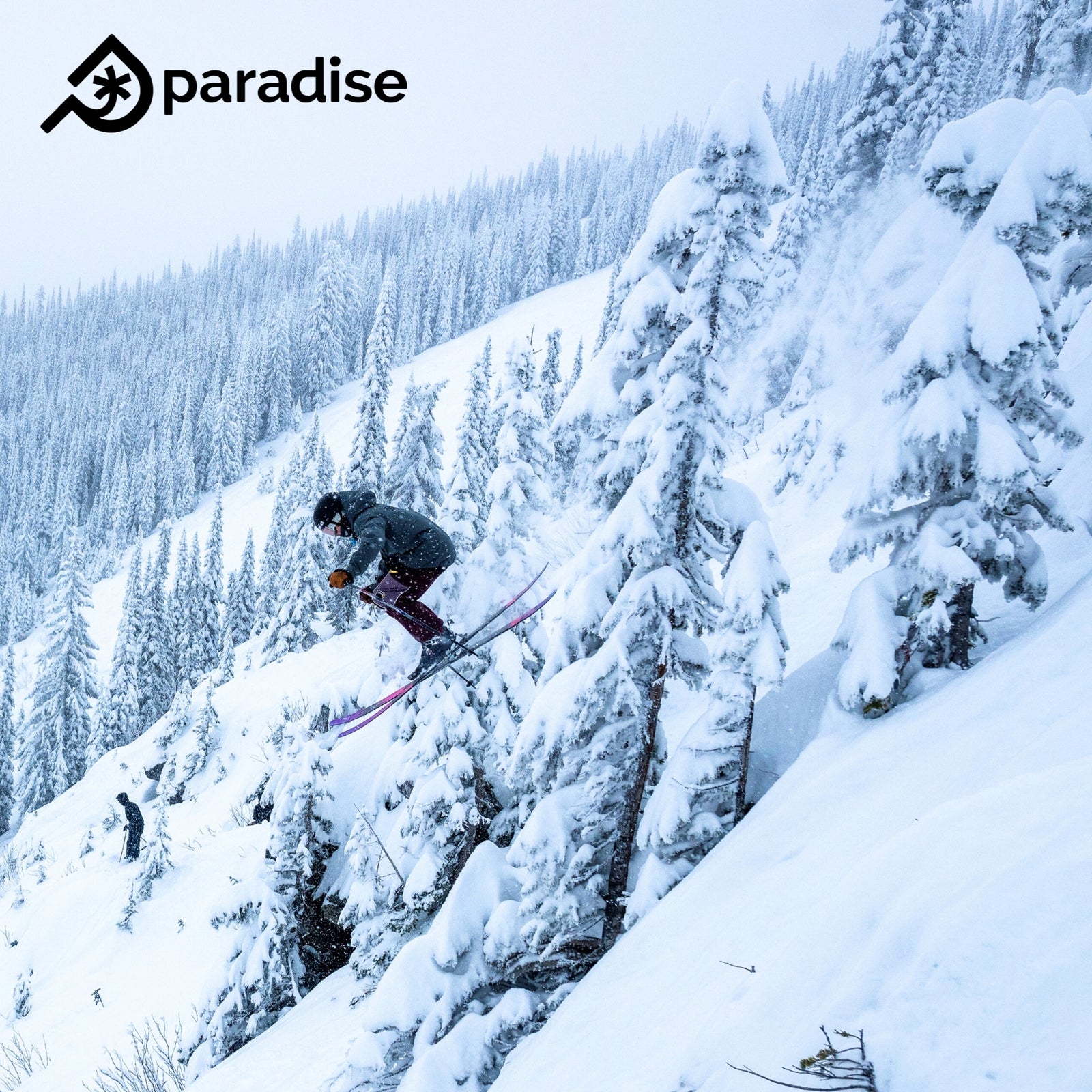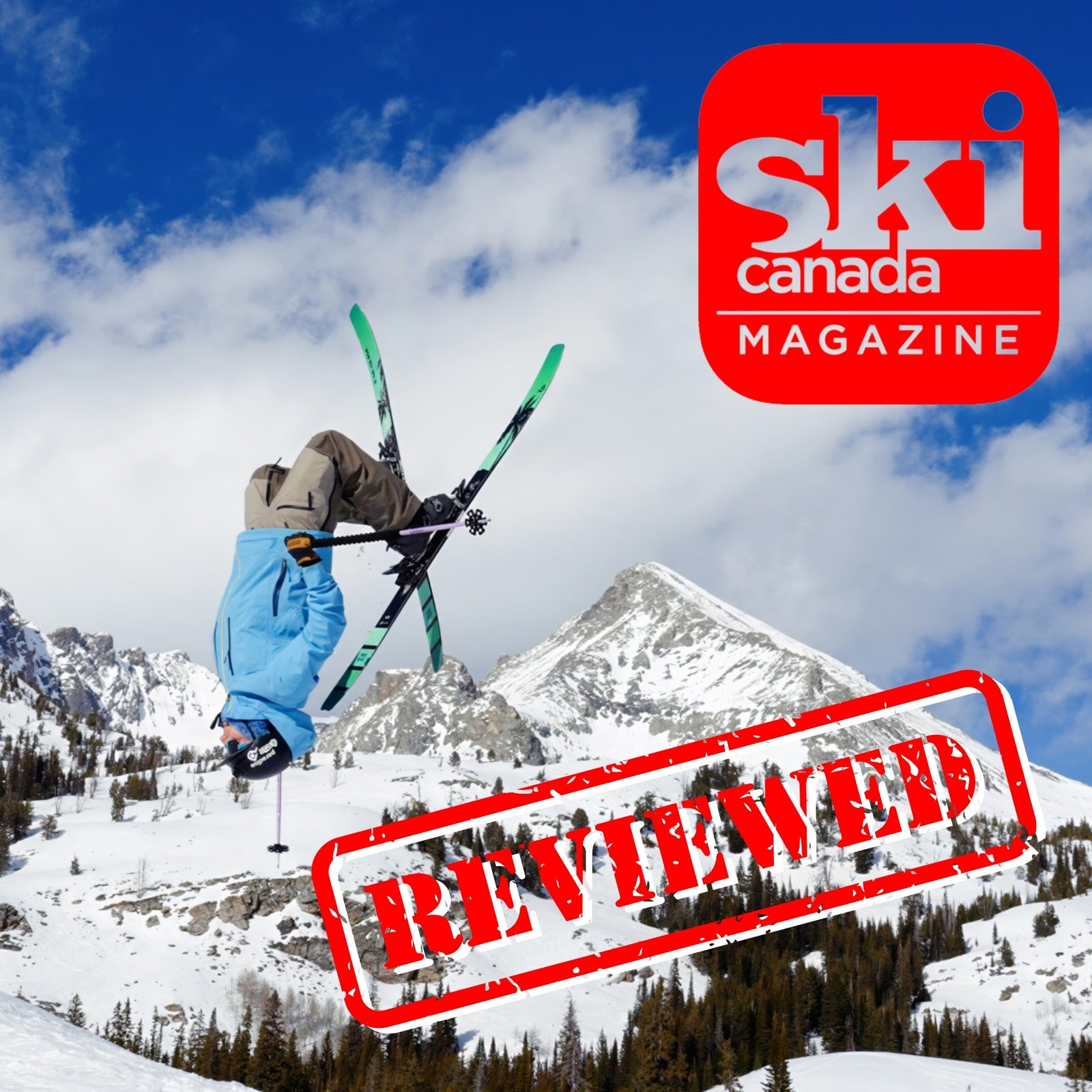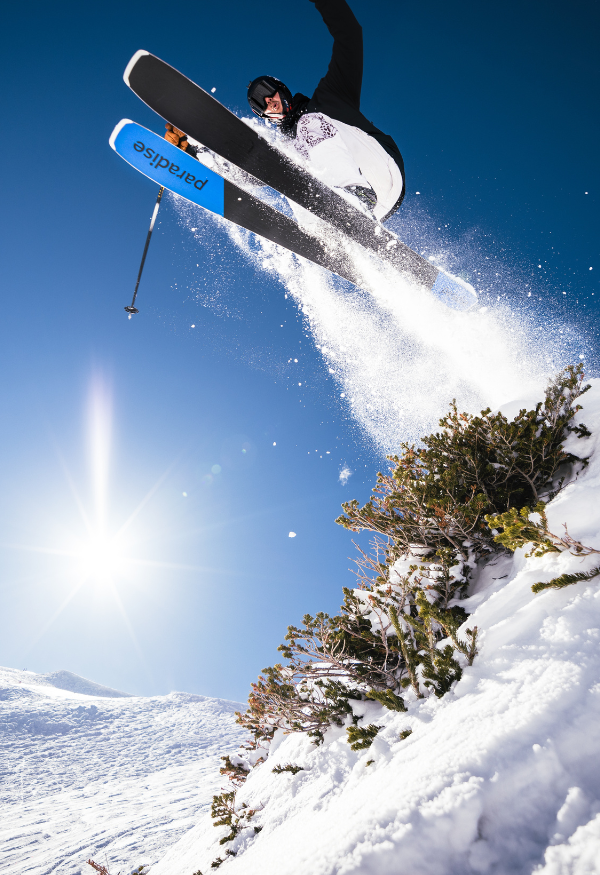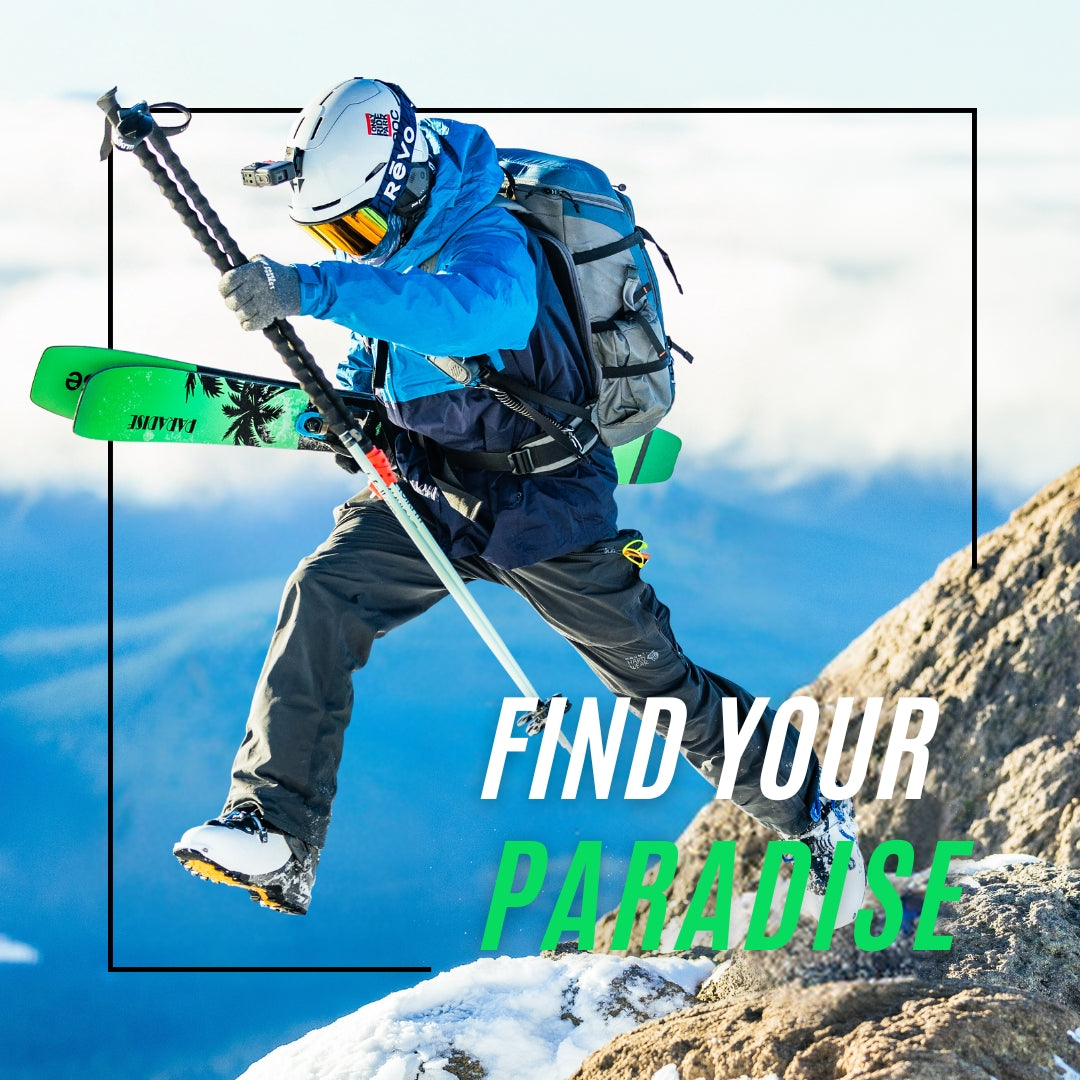Your Cart is Empty
#anotherdayinparadise
#anotherdayinparadise
SKIS & BOARDS
ABOUT US
Accessories
Bindings
Pre-Ski Workout: 4 Exercises to Get You Ready For Ski Season
August 20, 2024 5 min read

4 Exercises to Get You Ready For Ski Season
Written by Alex Tudor
With the ski season getting closer and closer, it's a good time to start training to improve your fitness, strengthen your muscles, and reduce your risk of injury. In this article, we discuss four great pre-ski-season exercises to start doing which will help maintain your knees, legs and torso.
Why is physical preparation for winter sports important?
Whether you're skiing on the resort, in the backcountry, or snowboarding, proper physical preparation and the strengthening of your muscles are important for winter sports safety and performance. Good stamina allows you to fully enjoy the whole day on the slopes rather than stopping after a few hours. Poor stamina leads to excessive fatigue which then leads to a lack of balance and coordination which can increase the likelihood of wipeouts and injuries.
Developing adequate stamina and strength will translate into being able to spend long hours on the slopes while improving your fitness and balance has a positive impact on your control and movement. Proper preparation for the season will not only ensure skiing comfort and enjoyment but will also increase safety - for you and other winter activity lovers on the slopes.
When to start preparing for the ski season?
It's a good idea to start ski preparations at least 6-8 weeks before the seasonstarts. The less active you are in the off-season, the more time it will take to achieve satisfactory results. In general,try to exercise at least 2-3 times a week for 45 minutes each time 6-8 weeks in advance of ski season.
Types of Pre-Ski Season Exercises
- Knee, ankle joint and thigh strengthening exercises - focus on the quadriceps thigh muscles and hamstring group. Choose different types of squats - with your body weight, with weights (dumbbells, kettlebells, dumbbells) or with specialized equipment (TRX, mini bands, etc.). It is advisable to perform them on an unstable surface (e.g. sensorimotor cushion) or with the addition of jumpingto further strengthen the knee and ankle joints.
- Glute strengthening exercises - skiing is mainly done in an inclined position, which results in a strong involvement of the gluteal muscles. To strengthen the buttocks, perform lunges and lunges in different planes, squats with your toes up, or jumping or hip raises while lying on your back.
- Core strengthening exercises - the best exercisesare those that focus on core stability and strengthen the muscles that stabilize the body (transversus abdominis, multifidus, diaphragm and pelvic floor muscles). These include planks, andforearm supports on an unstable surface (e.g., gym ball, Bosu, with feet or forearms in TRX bands).
- Endurance exercises - include activities such as cycling, treadmill running, outdoor walking, swimming, jumping, Nordic walking, skipping, jumping, burpees, push-ups, etc. in your training plan to keep your endurance up after the season. For snowboarders, they can look at surfing due to the similarities between the two sports.
- Stretching should be a mandatory part of your training plan for the ski season - do it after every training session and it provides the double-added benefits of helping muscles grow and making you more flexible.
Now here Are 4 Recommended Skiing Exercises:
Wall Sit:
Positively affects the quadriceps of the thigh, glutes and hamstrings.
- Execution:Sit on a wall and lean against it with your back (you should be leaning against the wall for the duration of the exercise). Place your feet hip-width apart. Lower into a seated position so that a right angle is maintained between thigh and shin (thighs parallel to the dance floor and knees in line with the hips). Arms lowered loosely along the torso. Hold for 30-60 s, rest and repeat 3-5 times.
- Variations: you can perform Wall Sit with a gym ball - place it behind you at pelvis level.
Plank:
This isometric exercise is excellent for strengthening the core muscles that are responsible for good posture or balance but also involves the leg, back and arm muscles. In the high plank position you support yourself on your hands, and in the low version on your forearms.
- Execution:Lower into supported knees, place your hands under your shoulders at shoulder width (in the low version, your elbow is under your shoulder). Spread your knees wider than your hips, position your feet hip-width apart and point your toes toward the dance floor. Point your gaze towards the floor, your head is an extension of your spine. Squeeze your buttocks and abdomen (point your belly button towards your spine), draw your shoulder blades together and lift your knees. Your hips should be parallel to the dance floor and in line with your shoulders. Hold for 20-40 seconds. Repeat a couple of times, for example by changing the dance floor for a fitness ball. You can start by holding the plank position for 20-30 seconds and increase this time each week until you can hold it for one minute.
- Variation: Side Plank - Lie on your right side with straight legs. Place your elbow under your shoulder and your feet on top of each other (or, for an easier version, bring your outside leg slightly forward and rest it on the inside edge). Place your left hand on your hip, squeeze your buttocks and abs, lift your hips up and position your body to form a line. If you feel confident, you can add an up-and-down hip movement.
Glute Bridge:
This exercise will give you stronger glutes, as well as stronger biceps and quadriceps thigh muscles.
- Execution: Lie on a mat on your back. Bend your legs at the knees and spread your feet hip-width apart. Squeeze your buttocks and abs (your lower back should not bend) and pull your buttocks and then your back away from the dance floor. Lift your hips until they are in line with your thighs. Hold for a moment (1-5 seconds) and lower your hips.
- Variations: Do the exercise with mini-band straps placed below or above your knees. You can also add knee inversion when the hips are lifted.
Cossack Squat:
When performed systematically and correctly, primarily engages the quadriceps and biceps of the thighs and glutes.
- Execution: Stand with feet shoulder-width apart, toes pointed outward. Raise your arms to chest height. Inhale and, bending your right leg at the knee, pull your hips back, shifting your weight to your right side. Make sure your knee goes above your ankle. Keep the other leg straight at the knee and positioned over the foot. Return to the starting position and repeat on the other side.
Training for the ski season doesn't require any specialized equipment and daily visits to the gym - all you need to do is reserve a space in your home/apartment and train with your own body weight. It's all about being systematic, tailoring your training plan to your condition, your abilities and the type of winter sport you will be practicing in order to make sure you’re all ready to enjoy skiing or snowboarding this upcoming season.
Interested in learning more? Check out some of our previous sports related blogs:
Leave a comment
Comments will be approved before showing up.
Also in Blog

SKI CANADA MAGAZINE - VICE TOUR REVIEW
November 28, 2024 2 min read
A review on our VICE TOUR freeride toruing ski by Ski Canada Magazine! Read the full review here.
Read More
Winter Activities and Their Impact on Wildlife
July 03, 2024 3 min read
It’s fun participating in Winter activities but we need to be mindful of the impact these activities can generate on our wildlife and their surrounding habitats. Read about our top tips to be respectful when participating in Winter sports!
Read MoreSubscribe
Sign up to get the latest on sales, new releases and more …
Stay up to date with us!
Stay up to date with your favorite ski company! Free stickers, events, discounts, and news; no spam - we promise.

SUBSCRIBE TODAY
Paradise Newsletter Subscribers receive exclusive deals and hear news first!

